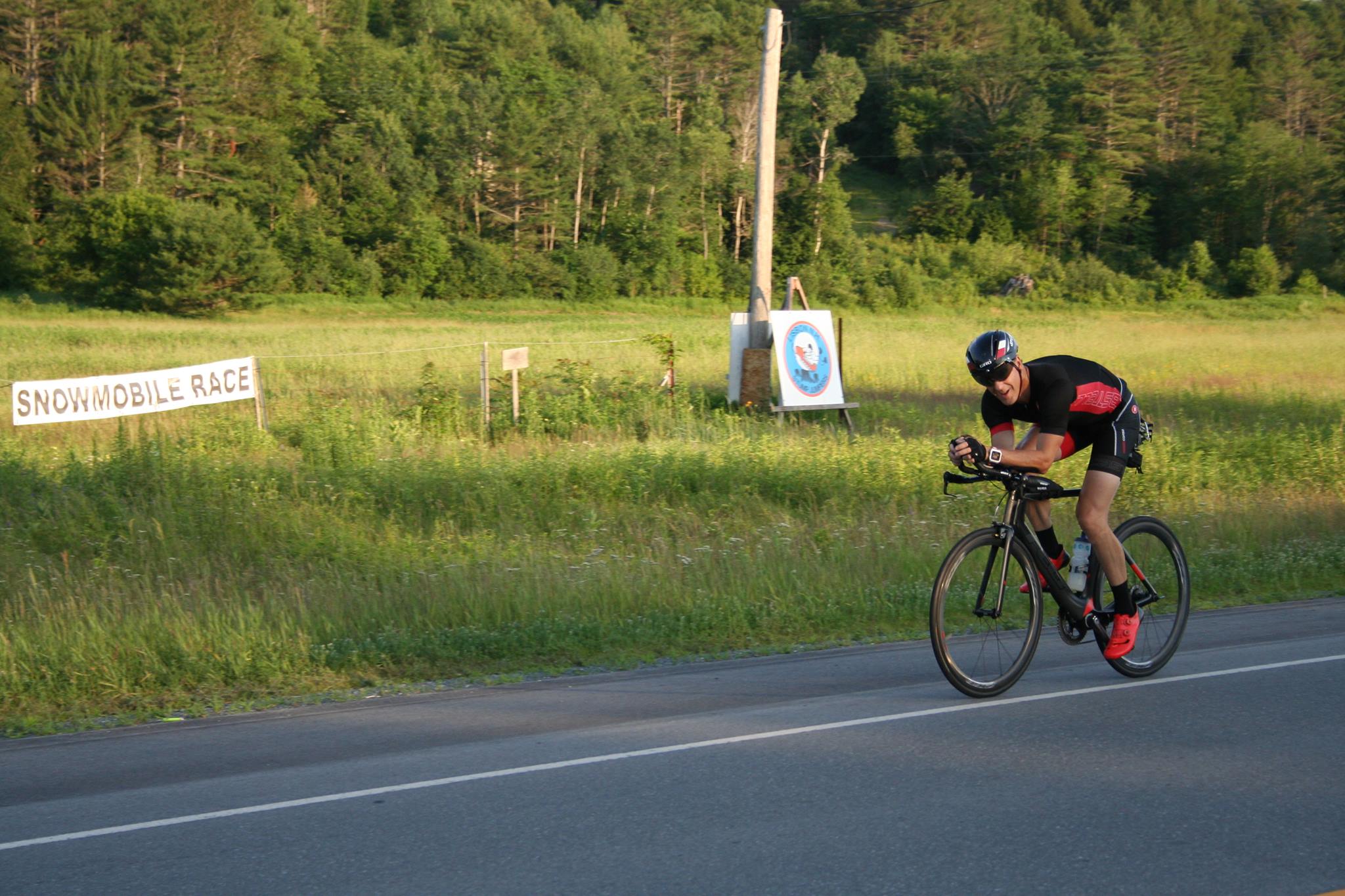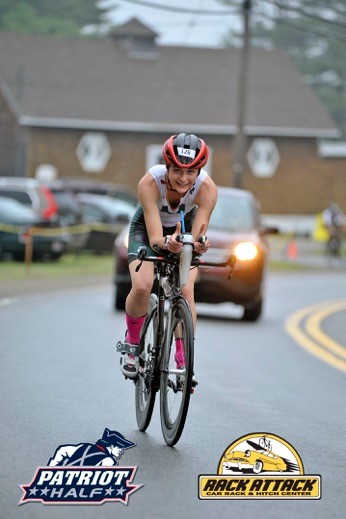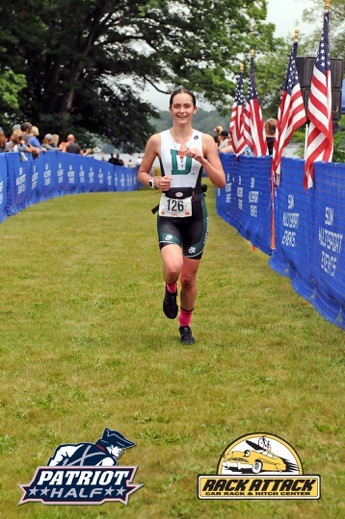White Mt Velo 40-mile Swiftwater Bike Time Trial. July 6, 2017. Franconia, NH
White Mt Velo is a road ride group that is supported by Littleton Bike & Fitness. They organize rides from April through September. Jen Dodge is the current event organizer extraordinaire. She does the scheduling, organizing the rides, planning appropriate routes, explaining the routes and re-group spots. You’re always in good hands when Jen runs the show.
The White Mt Velo group primarily rides out of Littleton, NH but also holds various Thursday night group rides out of other northern NH towns such as Lancaster, Whitefield and Franconia.
Their Swiftwater 40 mile Time Trial (TT) has been an annual event for over 15 years. It’s a self-timed ride/race. Some people ride it as a group and others ride it individually. Here’s the Strava segment for the course: https://www.strava.com/segments/10040296
Last year’s event was rained out so I was itching to get in on it this year. It was a beautiful northern NH evening as we met at Mac’s store for pre-ride instructions and information from Jen. People start when they are ready to launch. I waited a minute or so as to have people to chase.
The route starts with a 9 mile incline on the Easton Rd / Rt. 116 (part of the White Mountain Half Triathlon uses this road), a right on Rt. 112 losing elevation from miles 9.5 to mile 20 where it intersects Rt 302. It’s a gentle elevation gain for 10 miles through Bath and Lisbon. The crux starts after taking a right on Rt 117 to climb up to Sugar Hill through mile 30 – 35+ ending with a big descent back into Franconia.
This TT was well-timed with my triathlon season training: For the better part of the Winter, Spring and early Summer, I ran a lot, as in twice as much as I had ever run, as we needed to address fading late in the half marathon part of 70.3s i.e., build run durability, finish the race strong. As many triathletes can attest, running can sap your high end bike power. It’s not uncommon to be 10 – 20% off of your ‘normal’ bike power watts with a lot of run miles in the legs during a training phase. It’s part of the balancing act in triathlon training. If you want to produce huge watts at your local race or weekly group ride, running can take a backseat for many un-coached athletes. You have to give a little to get a little (or a lot). I had completed my A race, Ironman Syracuse 70.3 in mid-June and had backed off the run miles a bit with upcoming shorter races. In other words, power was being restored to the legs and it was time to push some watts!
As with all races, it’s easy to blow up your entire race in the first half. I was particularly careful during the first 9 miles, especially between miles 7 – 9 where there are steeper, short pitches. I didn’t want to burn any matches with big power surges and tried to maintain an even watts range through these hills. It was tempting to go harder through this part as I had caught my friend, Steve Saffo, and he hooked on and then proceeded to re-pass me on the hills. Steve is a strong rider (and runner) and I wanted to make the next pass definitive. As we turned right onto Rt. 112, I put my head down and put in a surge. Steve was riding a road bike and I was on my TT bike so was able to make just enough of a gap to exploit the rider / bike drag between the two riders and two different types of bikes.
Recent heavy rain storms had damaged Rt. 112 and it was a rough ride down through the Ammonoosuc River valley, avoiding gravel, potholes and large cracks. In this section, I tried a new fuel source: Untapped Maple. Due to lack of practice, most of it ended up on my hands and just a bit in my mouth. I had only one package of it. Oops, lesson learned.
The southwest headwind we had experienced on the first 20 miles turned to a nice push on Rt. 302 as the course rolled north through Bath and Lisbon. By Lisbon, I was feeling the lack of fueling besides the two bottles of Skratch (one with ice cubes to help internal cooling). I backed off slightly for the last few miles of 302 knowing that the crux was coming on the Rt. 117 climb into Sugar Hill. But overall, I was feeling good and it was nice to finally see some real watts (at least for me) on the Garmin.
Late in races, no matter the distance, is where your fitness level shines (or falters). As I climbed up Rt. 117, I asked my body to do hard work and it responded. Those weeks of 1000+ TSS (Training Stress Score) through the Spring and Summer were paying dividends when I needed it. My power increased through the 5 mile climb and crested Sugar Hill to see the sun’s angled light reflecting off of the Cannon Mountain buildings and bathing Franconia Ridge in warm, orange light. A true north country evening!
Mile 35+ to mile 38 is a screaming downhill. Not being familiar with the descent and valuing the skin on my body, I sat up for most of it and checked my brakes a few times down through the corners (showing my triathlete side of bike handling skills). At the bottom, it’s a quick flat sprint back to Mac’s store and done! Time: 1:44:35 which was 2nd overall on the night.
To my surprise, I didn’t know there was another guy up the road, ultimately finishing two minutes ahead of me. Nevertheless, I put out my best effort, was very happy with it and two minutes would have been a tough ask. Just goes to show, you never know how a race is going to end, keep pushing until the finish line.
Big thanks to White Mtn Velo, Jen and the Littleton Bike & Fitness shop for keeping cycling alive and vibrant in the north country. - Jim (photos credit: Jen Dodge)





